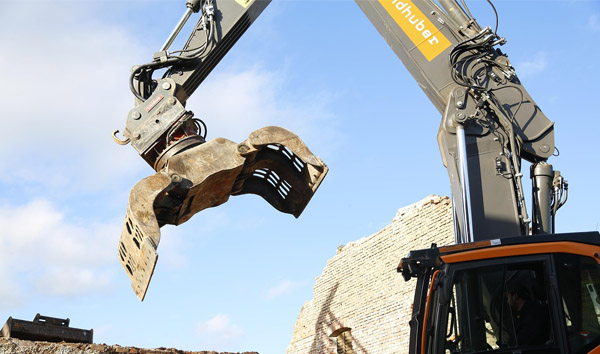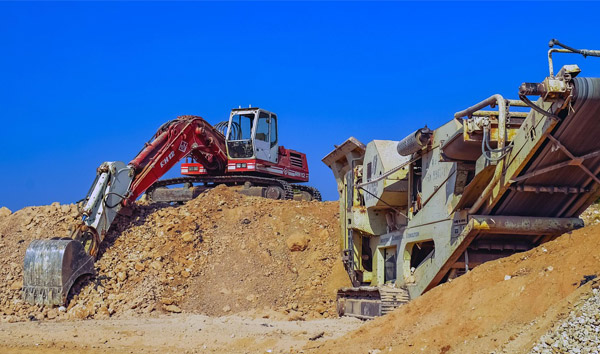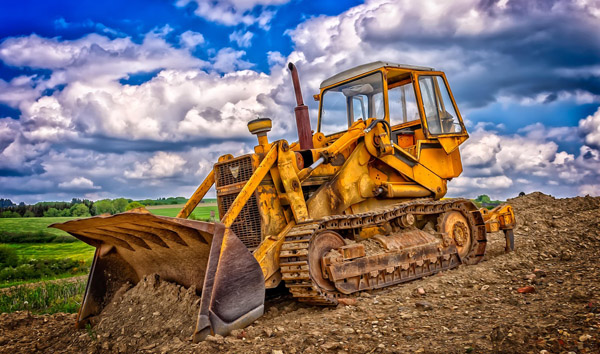Navigating the Complexities of Rough Terrain Forklift Safety Regulations
2025-07-28 03:50:29
Rough Terrain Forklifts are indispensable in construction, agriculture, and other industries requiring heavy lifting on uneven surfaces. However, their operation comes with inherent risks, necessitating strict adherence to safety regulations. OSHA (Occupational Safety and Health Administration) mandates that operators must be certified and trained specifically for rough terrain forklifts, emphasizing stability, load capacity, and environmental awareness. Failure to comply can result in severe penalties, making regulatory knowledge a top priority for businesses.
One of the most critical aspects of rough terrain forklift safety regulations involves pre-operation inspections. Operators must check tire conditions, hydraulic systems, and braking mechanisms before each shift. Additionally, load charts must be consulted to prevent overloading, a common cause of tip-overs. According to a 2022 industry report, nearly 30% of forklift accidents occur due to improper load handling, underscoring the importance of rigorous compliance with these protocols.
Environmental factors play a significant role in rough terrain forklift safety regulations. Uneven ground, slopes, and adverse weather conditions can drastically impact stability. OSHA guidelines specify that operators must avoid inclines exceeding 10 degrees and ensure proper counterbalance when lifting heavy loads. Recent advancements in telematics now allow real-time monitoring of terrain conditions, further enhancing compliance with these regulations.
Training remains a cornerstone of rough terrain forklift safety regulations. Employers must provide comprehensive instruction on hazard recognition, emergency procedures, and equipment-specific controls. The National Safety Council reports that companies investing in regular training see a 60% reduction in workplace incidents. Furthermore, refresher courses are required every three years to maintain certification, ensuring operators stay updated on evolving standards.
Looking ahead, technology is set to revolutionize rough terrain forklift safety regulations. Autonomous systems equipped with AI-driven obstacle detection and automatic load stabilization are being tested in pilot programs. These innovations promise to reduce human error, a leading cause of accidents. However, regulatory bodies must adapt swiftly to integrate these advancements into existing frameworks, ensuring safety remains paramount in this rapidly evolving industry.














